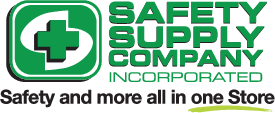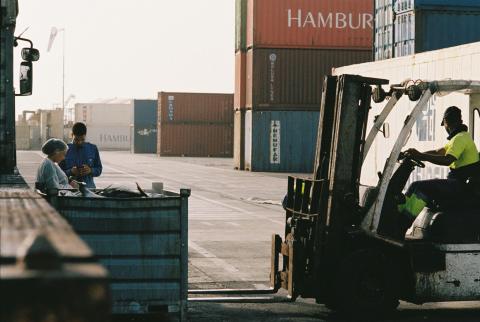The Importance of "Leaving an Out"

In the realm of safety, the concept of "leaving yourself an out" serves as a fundamental principle that enhances both personal and organizational security. Originating primarily from defensive driving techniques, this concept transcends its initial application, finding relevance in various fields such as workplace safety, personal safety strategies, and even cybersecurity. The core idea revolves around always maintaining an option to escape or avoid danger, thereby reducing the risk of harm.
Defensive Driving: The Birthplace of the Concept
In defensive driving, "leaving yourself an out" involves maintaining a buffer zone around your vehicle. This means keeping a safe following distance, being aware of the traffic around you, and ensuring you have an escape route if an unexpected event occurs. For instance, if the car ahead suddenly stops, having an open lane next to you or sufficient space to brake can prevent a collision. This proactive approach reduces the likelihood of accidents and provides a clear path to safety.
Workplace Safety: Application Beyond the Road
The workplace environment can be fraught with hazards, especially in industries like construction, manufacturing, or mining. Here, "leaving yourself an out" translates to maintaining awareness of your surroundings and understanding the emergency exits, safe zones, and escape routes. Workers are encouraged to think ahead about what they would do in the event of an accident or emergency, such as a fire, equipment failure, or chemical spill. This mindset encourages proactive behavior, such as not blocking exits with equipment or materials, regularly reviewing safety plans, and ensuring that personal protective equipment (PPE) is readily accessible.
Personal Safety: Everyday Applications
In personal safety, this concept can be applied in various everyday situations. For example, when walking alone at night, it is wise to stay in well-lit areas and be aware of your surroundings, keeping an eye out for potential threats and identifying safe places to go if necessary. Similarly, in social settings or while traveling, understanding where the exits are and having a plan if something goes wrong can make a significant difference in ensuring personal security.
Cybersecurity: A Modern Twist
In the digital realm, "leaving yourself an out" can be seen in strategies such as regular data backups, using robust cybersecurity measures, and having incident response plans. Just as a driver needs an escape route, organizations and individuals need contingency plans for data breaches, malware attacks, or system failures. Regularly updating software, using multi-factor authentication, and educating employees about phishing scams are proactive steps that create a safety net in the cyber world.
The Psychological Aspect: Preparedness and Peace of Mind
On a psychological level, the concept of "leaving yourself an out" fosters a sense of preparedness and control, which can significantly reduce anxiety and improve decision-making in emergencies. Knowing that there is a plan in place and that one has thought through potential escape routes or backup plans instills confidence and clarity. This mental preparedness is crucial, as panic and uncertainty are often the greatest obstacles to safe and effective action in crisis situations.
Conclusion
"Leaving yourself an out" is a versatile and essential safety principle that promotes proactive thinking and preparedness. Whether on the road, at work, in personal life, or in cyberspace, this concept underscores the importance of maintaining options and being ready to avoid or mitigate danger. By consistently applying this principle, individuals and organizations can enhance their safety measures, minimize risks, and ensure a higher level of security in their daily activities.
Blog Articles
Check out more articles
PPE: The Unspoken Love Language
Wearing PPE: Protecting Your Present and Securing Your Future
View MoreTips to Improve Safety While Working With Heavy-Duty Mobile Equipment
Improving the safety of ground personnel working around mobile equipment, such as forklifts, excavators, etc., requires a combination of engineering controls, administrative measures, and behaviora
View MoreWhy You Should Service Your Safety Equipment
Safety equipment serves as the frontline defense against workplace hazards, ensuring the well-being of employees and minimizing risks.
View More



